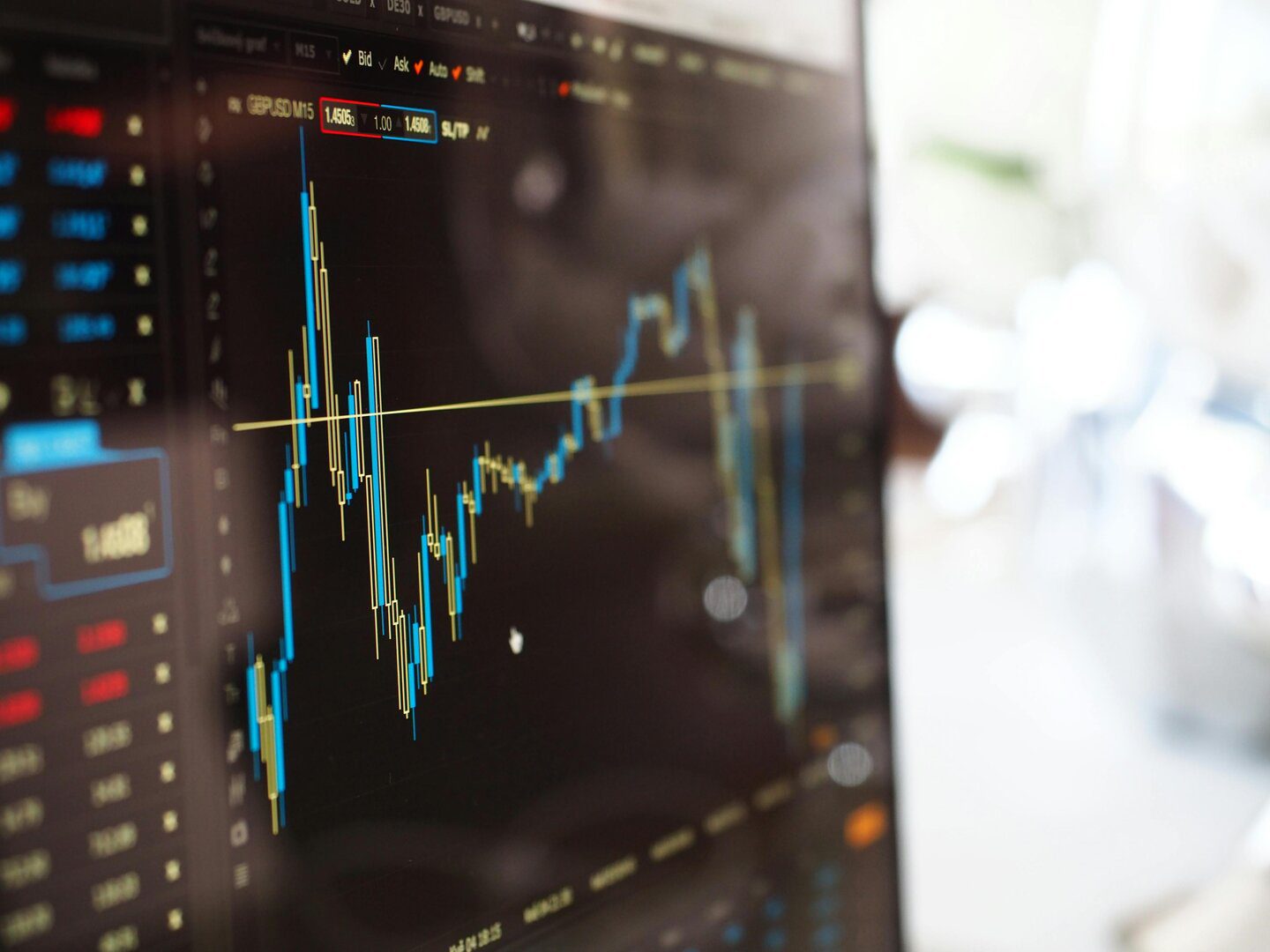TEOSENG: Profitability Sustained on Cost Control Amid Subsidy Phase-Out
| Investment Bank | TA SECURITIES |
|---|---|
| TP (Target Price) | RM0.25 (+25.0%) |
| Last Traded | RM0.20 |
| Recommendation |
Mercury Securities has initiated coverage on a prominent poultry player, Teo Seng Capital Berhad, assigning a HOLD recommendation with a target price of RM0.93. The research report, dated November 7, 2025, highlights the company’s resilient financial performance driven by robust cost management, despite facing a challenging operating environment marked by declining average selling prices and the impending phase-out of government subsidies.
Performance Review
For the financial year 2024 (FY24), Teo Seng Capital Berhad recorded revenue of RM753.8 million, a marginal decline of 0.9% year-on-year, primarily attributed to lower average egg selling prices (ASPs). Despite this, profitability saw a significant improvement, with gross profit (GP) margins increasing to 32.2% from 31.2% in FY23, and profit after tax (PAT) margins rising to 24.3% from 20.5% in FY23. This margin expansion was largely supported by effective cost optimization strategies and a favorable trend in feed prices.
In the second quarter of FY2025 (2QFY25), revenue showed a quarter-on-quarter increase of 1.7% to RM171.4 million. This was driven by higher egg sales volume, stable feed prices, and a stronger contribution from the animal health products segment. However, year-on-year revenue for 2QFY25 declined by 7.4% due to continued lower ASPs, although improved cost efficiency helped maintain a steady gross profit margin of 27% for the quarter. Excluding government subsidies, normalised PBT and PAT for 2QFY25 stood at RM4.1 million and RM3.8 million, respectively.
Key Drivers and Efficiencies
A substantial easing of feed cost pressures, aided by lower ocean freight and domestic logistics costs, has been a key factor in margin recovery. As feed expenses constitute approximately 75% of production costs, this trend provided significant relief. Additionally, a firmer Malaysian Ringgit (MYR) against the US Dollar helped mitigate imported grain inflation. The company’s vertically integrated operations—encompassing feed milling, poultry farming (AIAO system), recycled paper egg tray production, and organic fertilizer processing—further bolster cost efficiency, traceability, and biosecurity across its supply chain.
Challenges and Future Outlook
The upcoming complete removal of egg subsidies by August 2025 poses a significant challenge. This regulatory shift is expected to lead to a sharp decline in profit after tax (PAT), with projections indicating a 29% fall in FY2025E and a steep 65% decline in FY2026E, largely due to the full-year absence of subsidies. PAT margins are anticipated to normalize around 5.5% in the post-subsidy era (FY2026-FY2027E). The transition to a market-driven pricing mechanism, coupled with potential oversupply in the domestic market, could maintain pressure on ASPs and sales volumes.
Despite these headwinds, the company is projected to sustain its growth trajectory, with revenue expected to grow in the 4-20% range over FY2026E-FY2027E. Strategic diversification into value-added products, such as Old Hen Chicken Soup, Egg Mayo, Liquid Eggs, and Processed Old Hen products (scheduled for FY2025-FY2026 launches), and an expansion into export markets like Japan (target 1HFY2026) and the Middle East, are expected to enhance future revenue streams and buffer against ASP volatility in the raw egg segment. Teo Seng Capital Berhad’s strong market position and integrated operations are seen as underpinning its long-term resilience.
Valuation and Recommendation
Mercury Securities’ valuation assigns a HOLD rating to Teo Seng Capital Berhad, with a target price of RM0.93, based on a target P/E multiple of 12x applied to its FY2026E core EPS of 7.8 sen. The analyst notes that current valuations appear stretched, warranting a cautious stance due to anticipated earnings normalization post-subsidy, near-term ASP softness, and uncertainties in the supply chain. The target price also considers cyclical risks from feed cost fluctuations and forex exposure.


